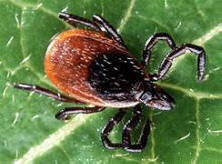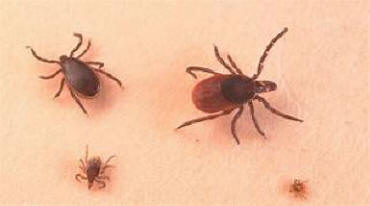Lyme disease

Lyme disease is defined as" a tick-borne disease caused by a spirochete transmitted to humans through bites of black-legged (or deer) ticks. The illness was discovered when a distinct cluster of symptoms appeared in numerous youngsters living close to Lyme, Connecticut, in the 1970s. There are ticks throughout the majority of the United States that could be carriers of the Borrelia bacterium. However, the regions with the highest prevalence of Lyme disease include the upper Midwest, the mid-Atlantic, and the Northeast. Additionally, it's common throughout Europe, the Midwest, and Southeast Canada. Spending time in grassy, brushy, or wooded areas(areas that are tick-rich) increases your chance of acquiring Lyme disease. Therefore, the risk of Lyme disease can be reduced by taking care in these places.
Since nationwide monitoring with a uniform case definition was implemented in 1991, the number of cases of Lyme disease has been increasing in the US. In this passive monitoring system, there is both overreporting and underreporting, but the number of cases recorded yearly has increased from around 10,000 in 1992 to 25,000–30,000 at this point. The true yearly count of cases might reach 300,000. Most instances are found in the mid-Atlantic and New England regions, with Wisconsin and Minnesota serving as additional focal points in the northern midwestern states. Moreover, Lyme disease is less common in Oregon's and northern California's Pacific coastline areas
If you would like to learn more about lyme desease click here.
